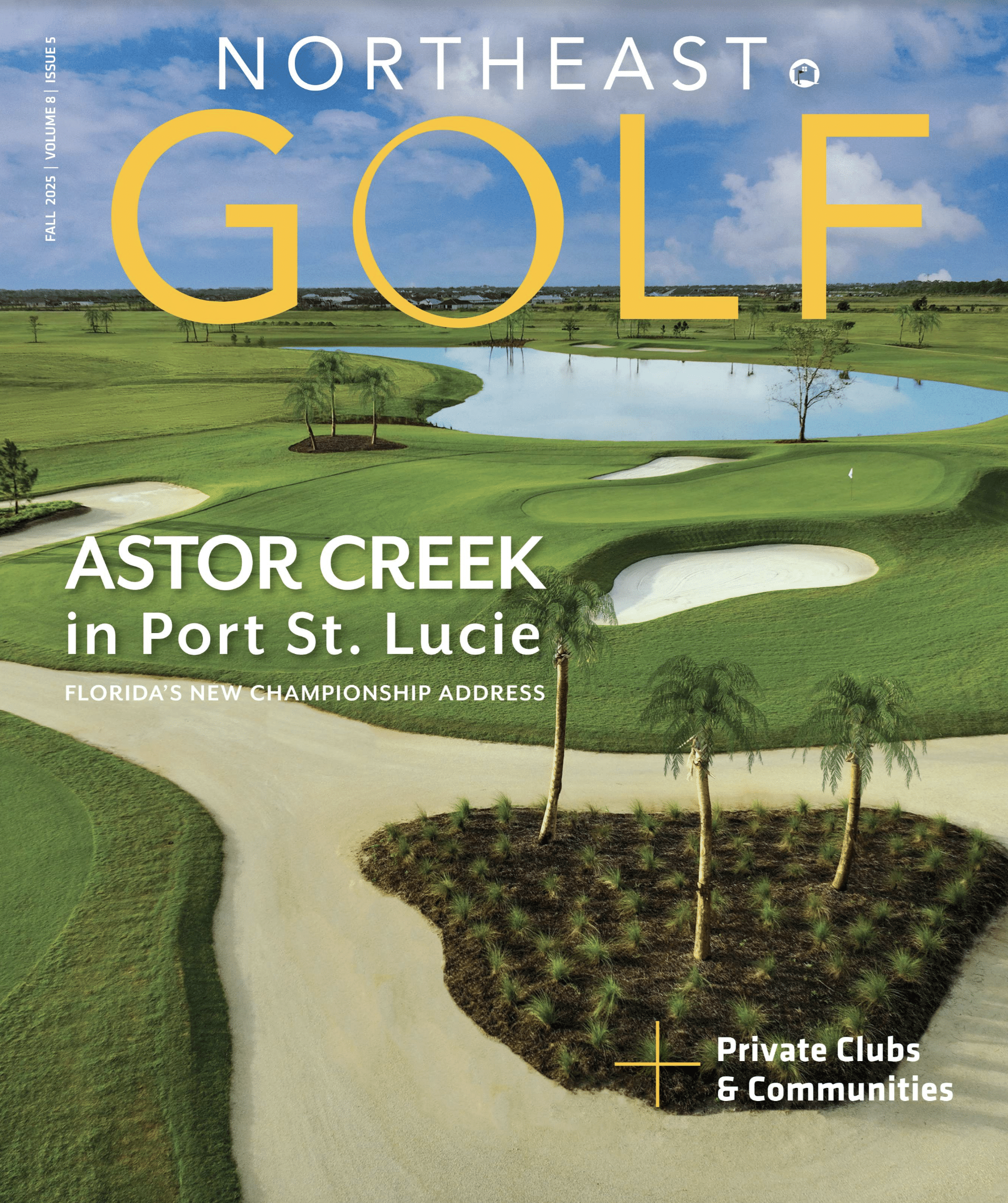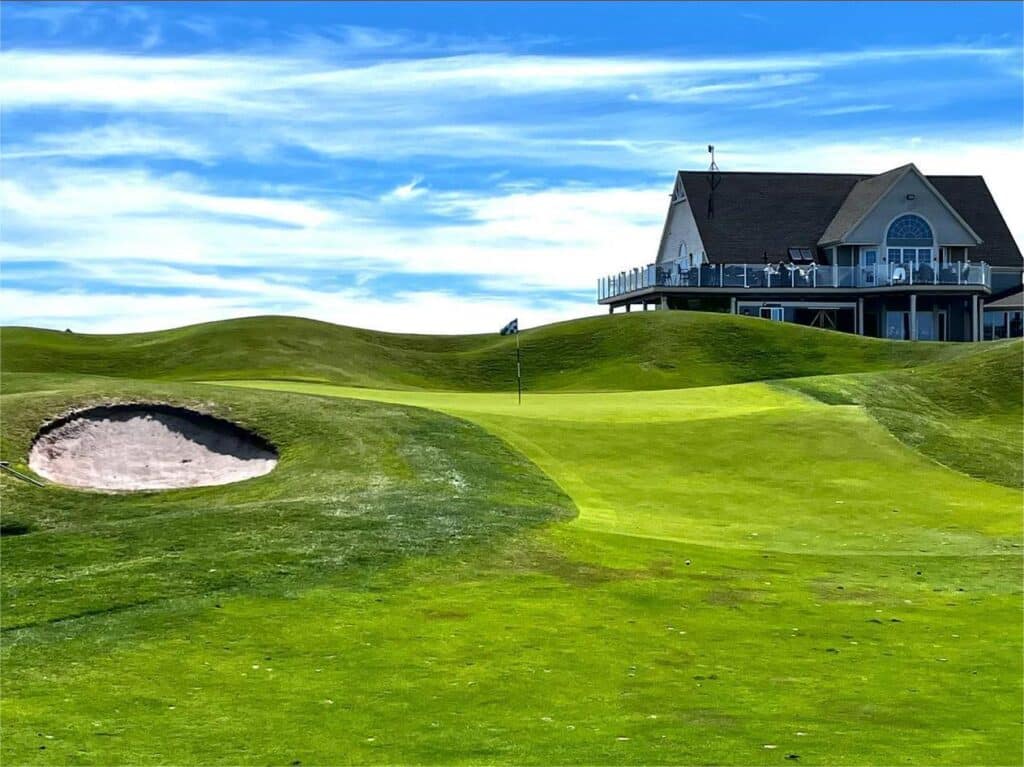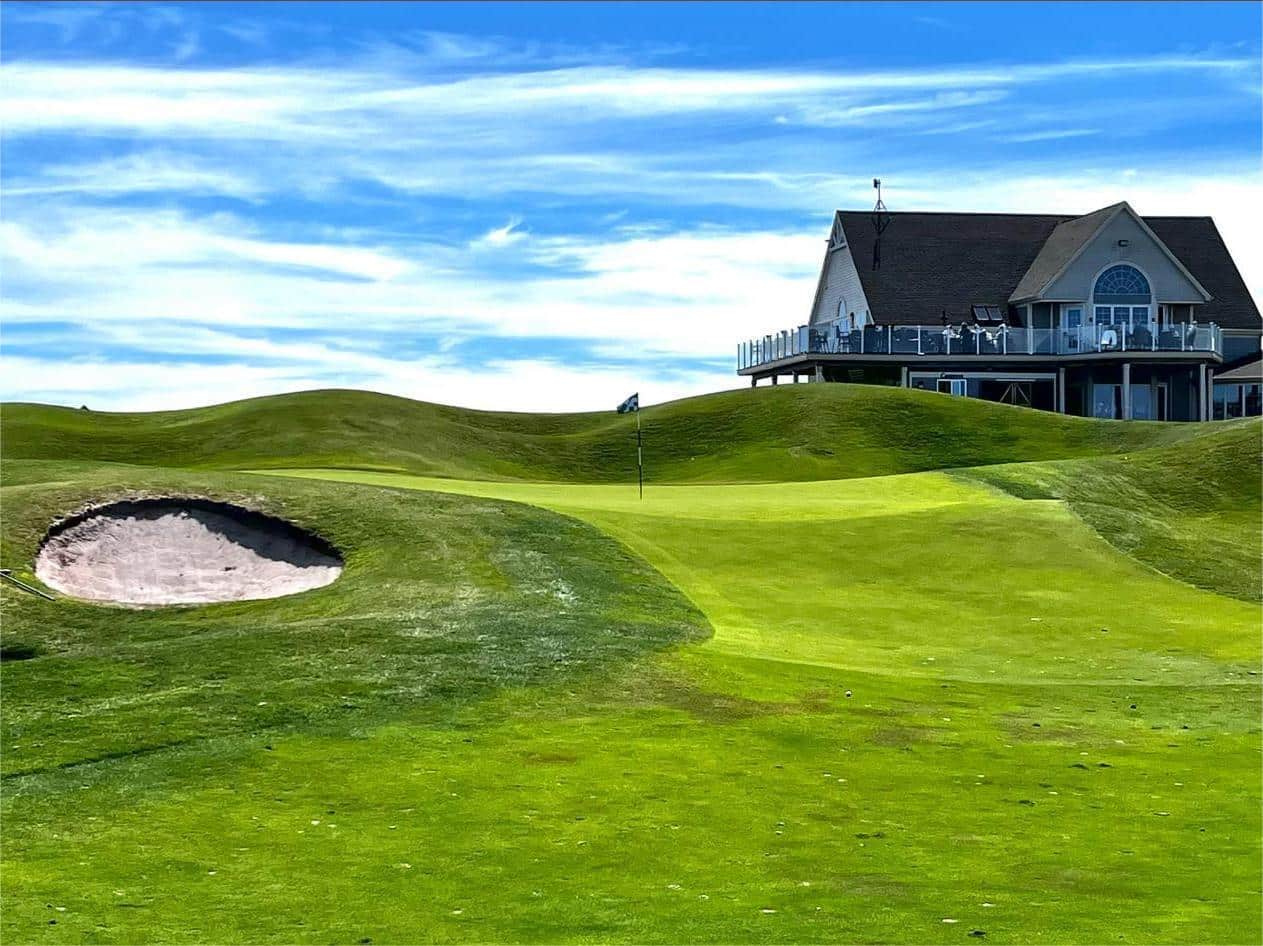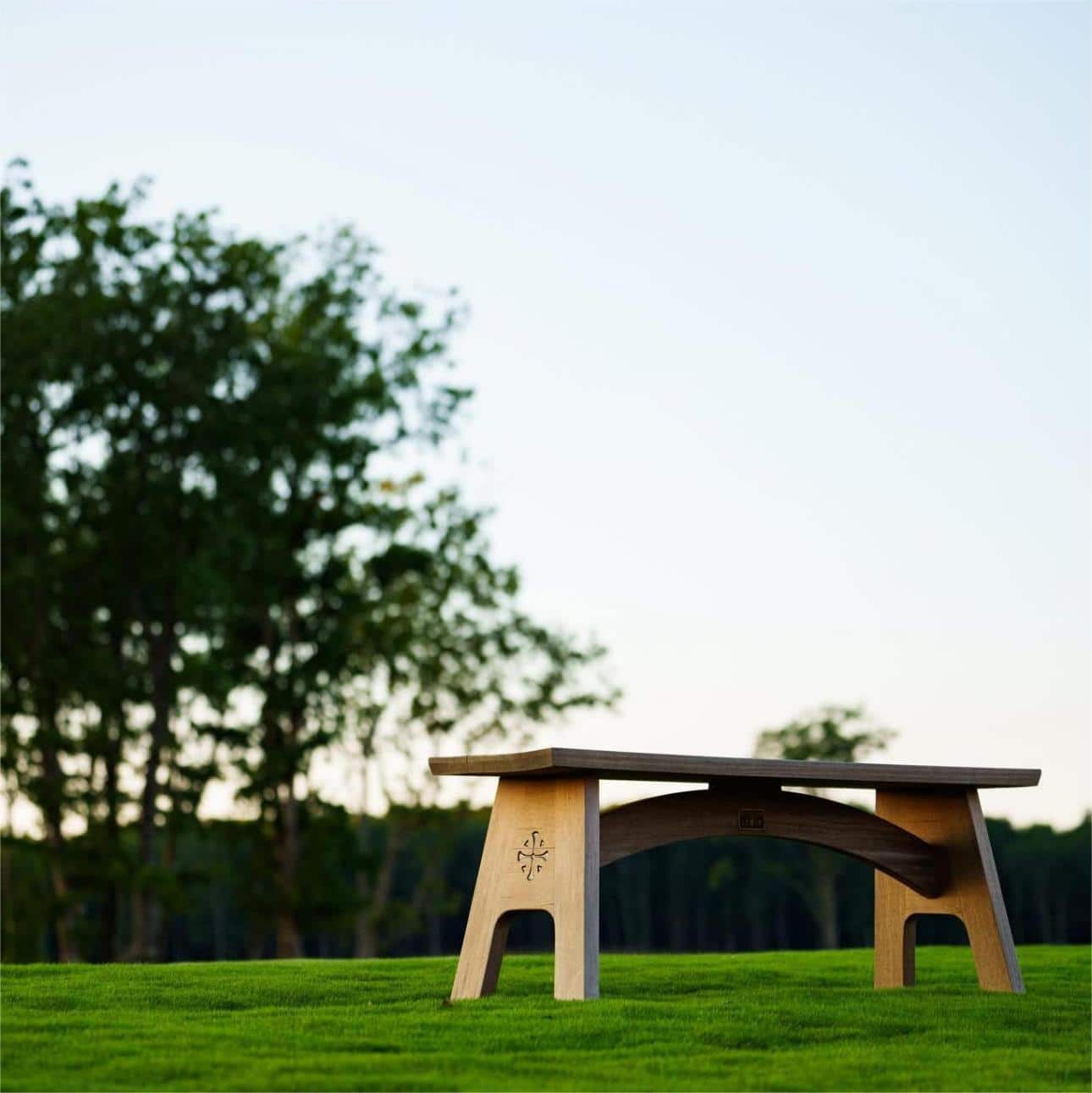Many Americans have heard of Prince Edward Island, Canada, but have no idea where it is. Most Canadians know where this tiny province is located, but have never been there. Canadian golfers, on the other hand, think of PEI, located off the east coast of New Brunswick along the Northumberland Strait, as a superb golf destination that rivals the best in the country. The island’s terrain has always offered the perfect land for golf: seaside sandy soil and rolling hills reaching elevations over 400 feet and everything in between. The temperate maritime climate allows for good golf weather nine months a year.
I first came to PEI, in 1972 as a young man, when the only access to the island was by ferry (now a bridge). I brought my sticks, having heard about the fine golf to be found at the Brudenell River Golf Course, which had recently opened. Since then, not much has changed in PEI’s bucolic peacefulness, but from a golfer’s perspective, there has been an explosion of golfing resources. There are now an amazing 28 courses on the island! Why? Because as one young local protagonist of the game pointed out, “In winter, we have hockey and curling. In summer, we need something to hit.” For off-islanders, that translates into 15 excellent 18-hole courses plus a smattering of very good full-sized 9-holers.
Throughout the island, there is an abundance of accommodations, ranging from high-end resort hotels, chic boutiques, every kind of motel you can imagine and charming B&Bs. We have a small motorhome, so we took advantage of PEI’s array of excellent Provincial Parks, scattered around the island, to camp along the seashore and be outdoors most of the time. No matter your choice of lodging, the island is so small that if you stay in the middle, any place on PEI is an hour or less away.
Famous for potatoes (McDonald’s buys most of the crop because they grow huge potatoes yielding those long fries in the little red containers), the world-renowned seafood to be had on PEI is drop dead delicious. I don’t know how many pounds of littleneck steamer clams, mussels and raw oysters I consumed or lobsters I cracked, but each one was better than the last. I can still feel the melted butter dripping down my chin!
But let’s get back to golf. We worked our way from the northwest end of the island to the east. Since there are courses virtually everywhere, a visitor has to do some planning to get the most out of the PEI experience. Most golfers, especially those here for the first time, pick “the big three” as must plays. Under the banner of “PEI’s Finest”, peisfinestgolf.com, and operated by the PEI Provincial government, The Links at Crowbush Cove, and side-by-side Brudenell River GC and Dundarave courses get the most attention.
Crowbush, set on the north shore along the open Atlantic Ocean, is nothing short of spectacular. After Hurricane Fiona of 2022 raged across the island and took out most of its trees, the drought of 2025 baked the fairways, leaving the course playing like a true links, hard and fast. Designed by Canadian Thomas McBroom, Crowbush offers one great hole after another, often crossing fresh and saltwater ponds and marshes. The craziest hole is the tiny 17th, maxing out at 135 yards but playing from 97 for most of us. Easy, right? Set into and atop a seaside dune, the shot from an elevated tee must traverse a ravine and attain the elevated height of a hidden “postage stamp” green, usually while the wind is blowing sideways. Finding and holding the green is a feat in itself.
Dundarave, with its PEI trademark red sand bunkers, and Brudenell River, with contrasting white sand, are more forgiving and are part of the huge Rodd Resort, offering every amenity a visitor could desire. My favorite holes were Dundarave’s 8th, a short par 4 offering as much reward as you want to risk, requiring a drive across a deep ravine and over multiple red bunkers lining the fairway, resulting in a long or short approach to a green overlooking the Brudenell River. Number 5 on Brudenell, named “Ink Pot”, is a short but tricky par 3 over a pond to a green nestled into a tight hillside. It’s often best to use the greenside slopes and play a carom shot onto the putting surface.
But if you play only those three, you would be missing out on some of the finest courses Canada has to offer. Graham Cooke, another amazing Canadian designer, created the Andersons Creek and Eagles Glenn courses, both in the central interior of the island and featuring wonderful elevation changes, wide forest lined fairways and superb bunkering from native red sand. Avondale GC is one of the oldest courses on PEI, with the first nine completed in 1968, followed by the second in 1971. Also set in interior central PEI, Avondale’s first hole, a short par 4, immediately grabs your attention with a zig-zag fairway that draws you in to the outbound nine. Glasgow Hills GC offers a rollicking ride amongst the highest elevations on the island, while Green Gables GC (next to the Anne of Green Gables house) takes you on a gentler lush ride through the vales of northern coastal PEI. Mill River GC, at the northwestern end of the island, is another fine track, originally designed by Robbie Robinson in 1970, with many renovations by Graham Cooke a quarter century later.
If you have something shorter in mind, especially catering to family or junior groups, PEI doesn’t miss a beat. We started our trip at St. Felix GC in the northwest, a fine full length 9-hole track that Graham Cooke designed while he was working on Mill River. Red Sands GC, designed by Alan Whitehead in 2000, is a fun ride that is even shorter, pared down to par 32, but with full length holes that go either up or down, and plays longer than its 2400 yards. You can imagine the bright red sand in its many strategically placed bunkers.
There are multiple other 18 and 9 hole courses scattered around the island that I have yet to enjoy. Prince Edward Island is already calling me back for round after round of great golf and the best seafood anywhere.















